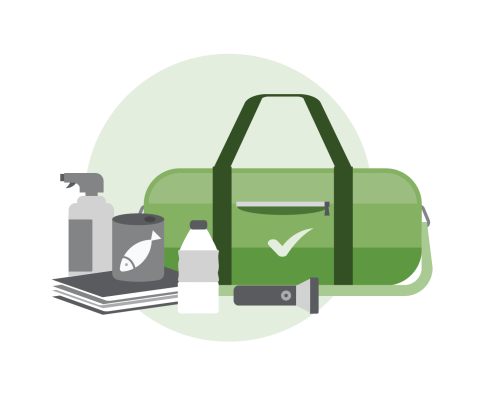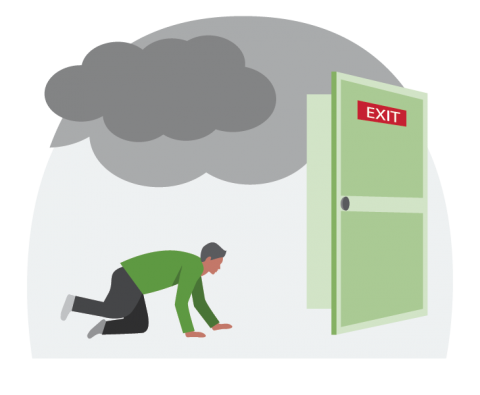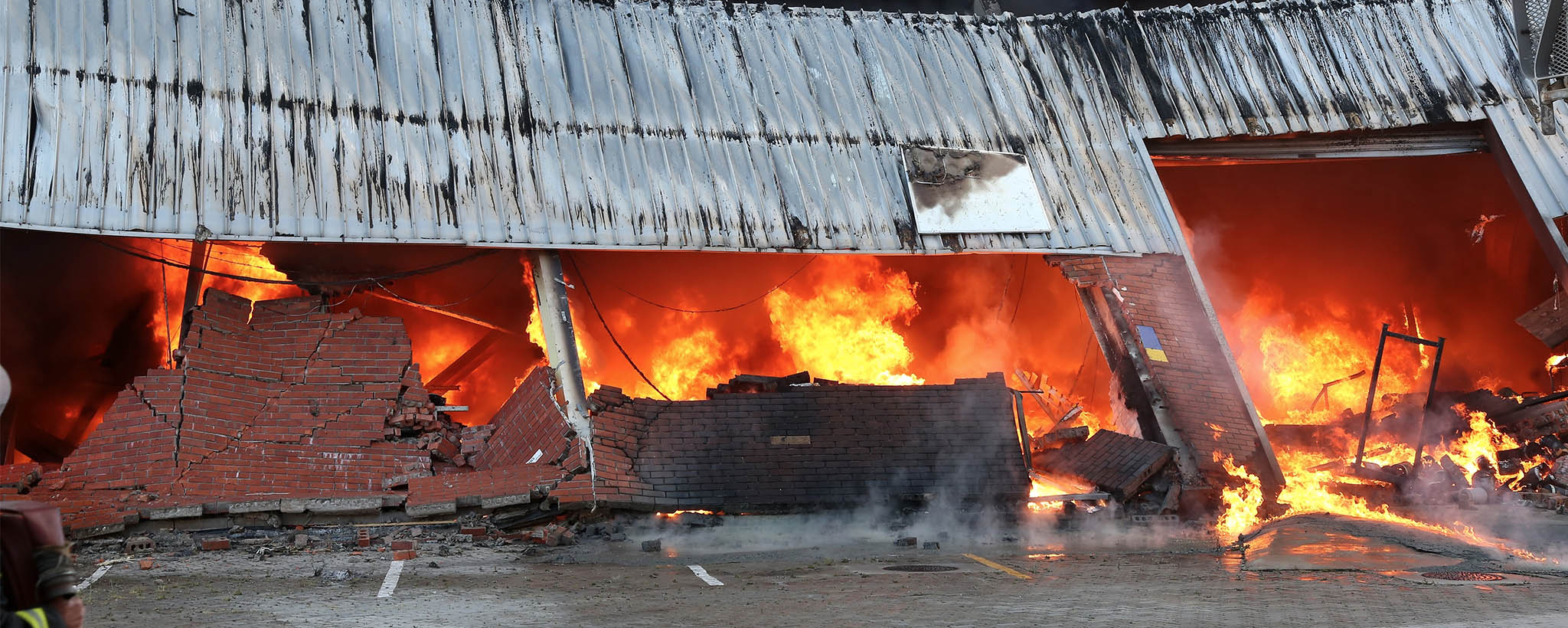Before an Explosion
During and After an Explosion
Related Content
Explosive devices can be carried in a vehicle or by a person, delivered in a package or concealed on the roadside. There are steps you can take to prepare.
Before an Explosion

- Build an Emergency Supply Kit.
- Make a Family Emergency Plan.
- Learn how to identify suspicious activity and what to do in case of bomb threats.
- Make sure your employers have up-to-date information about any medical needs you may have and how to contact designated beneficiaries or emergency contacts.
- If you see something, say something. By being alert and reporting suspicious activity to your local law enforcement, you can help protect your family, neighbors and community.
During or Immediately After an Explosion
- Always follow the instructions of local officials. Emergency services may not be on scene right away.
- Remain calm. If things are falling around you, get under a sturdy table or desk.
- If it is safe to do so, leave the area as quickly as possible. Do not stop to retrieve personal possessions or make phone calls.
- Once you evacuate to safety, let your family emergency contact know you are safe by texting or messaging them on social media. Save phone calls for emergencies.
- Even if you are not directly involved in the explosion, stay informed and listen to local officials. You may be asked to evacuate or to turn off your electricity and water.

If you are inside, and able to evacuate:
- Check for fire and other hazards. Stay low if there is smoke.
- Do not use elevators. Avoid floors and stairways that are obviously weakened.
If you are trapped under debris:
- Use a flashlight, whistle or tap on pipes to signal your location to rescuers. Shout only as a last resort to avoid inhaling dust.
- Cover your nose and mouth with anything you have on hand.
If you are outside:
- Continue moving away from the area to safety.
- You may be the help until help arrives. If it is safe to do so, help people get to safety.
- If you know where people are trapped, do not attempt to rescue them as moving debris could cause further harm. Once emergency services are on scene, immediately notify them.


